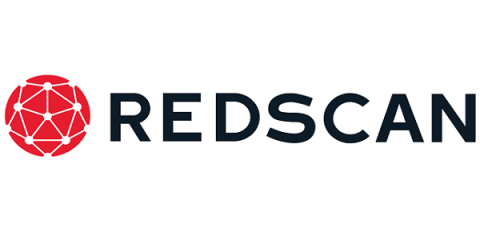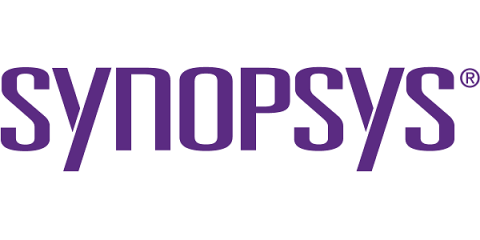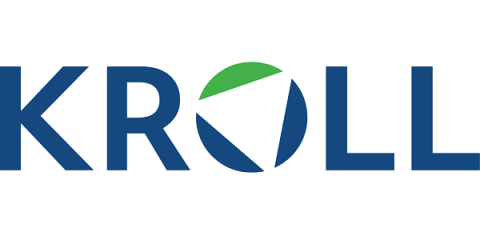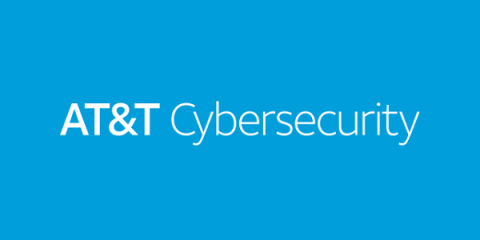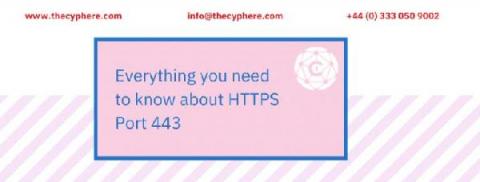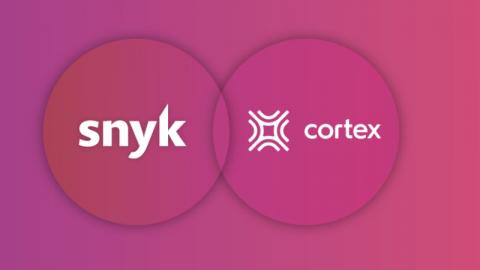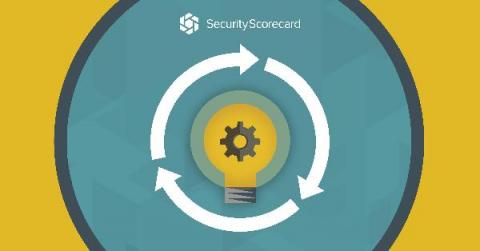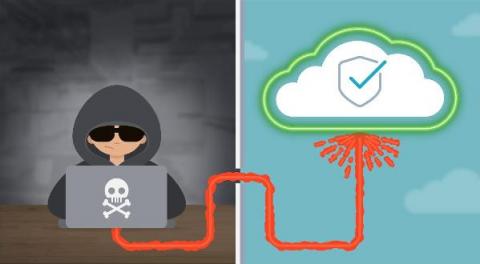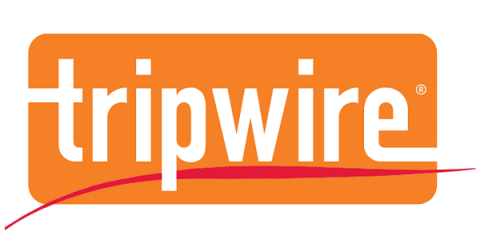Security | Threat Detection | Cyberattacks | DevSecOps | Compliance
Latest News
Ransomware prevention begins with securing your applications
Ransomware prevention measures such as securing your applications can help you avoid becoming the next target. Ransomware isn’t a new problem—not even close. It’s been around for more than 30 years. But like every element of technology, it has evolved. Instead of being an occasional expensive nuisance, it’s now a plague with existential implications for critical infrastructure—energy, transportation, food supply, water and sewer services, healthcare, and more.
2021 Data Breach Outlook - "Under-attacked" Industries Feel the Heat
Industries most impacted in 2019 continued to be hard hit in both 2020 and so far in 2021, including healthcare, education and financial services. However, the greatest percentage increases occurred in industries that had been generally spared in 2019. The overall implication is that data attacks became broader and deeper during the pandemic, a trend that continues during the recovery.
Malware hosting domain Cyberium fanning out Mirai variants
AT&T Alien Labs has observed the Mirai variant botnet, known as Moobot, scanning for known but uncommon vulnerabilities in Tenda routers, resulting in a considerable peak in our internal telemetry. The research associated with this peak resulted in the discovery of a malware hosting domain, providing several different Mirai variants, like Moobot and Satori.
Everything you need to know about HTTPS Port 443
HTTPS is a way to transmit data securely over the internet, and it is important for both business owners and consumers. Website owner enables HTTPS port TCP 443 to secure web pages, online transactions, email communication, and other types of data transfers on the internet.
Easily map Snyk vulnerabilities to Cortex services
Snyk is a developer-first, cloud native security platform that scans for vulnerabilities across code, dependencies, containers, and infrastructure as code. Snyk does a great job of surfacing vulnerabilities in your codebase, but it can often be challenging to map these issues back to actual services and their owners. Fortunately, Snyk’s robust API can be used to tune Snyk to integrate into solutions designed to help engineering teams understand and improve their service-oriented architecture.
Due Care vs. Due Diligence: What's the Difference?
Cybersecurity is more than “just” technology these days. With legislative bodies increasingly writing more laws, technology and legal terminologies have become more intertwined than ever before. As organizations build cyber risk strategies, they need to understand risk mitigation’s underlying goal. This is why understanding the difference between due care and due diligence is important to how you set your risk mitigation strategies.
Bad guys are watching for new openings in your cloud, are you?
You see the headlines, and perhaps, ‘thank goodness it wasn’t us’ flickers through your mind. An overly permissive web server exposes 100 million+ consumer credit applications, or an S3 bucket leaves hundreds of millions of user records open to the public. A nightmare scenario for any CISO and their cloud security team!
A Look at a Zero Trust Strategy for the Remote Workforce
If you are new to the security world, it is fair to ask yourself, “Isn’t access to data and systems always conditional? Isn’t it always granted to someone who has access to the credentials (ID and password)?” True enough, but in totality, the approach to managing access encompasses a broader spectrum of privacy policies. These policies include a mix of different strategies that can be applied based on an organization’s security vulnerabilities.
Ransomware is the biggest threat, says GCHQ cybersecurity chief
The head of the UK’s National Cyber Security Centre has warned that ransomware has become the biggest threat to British people and businesses. In a speech being given today by Lindy Cameron, chief executive of the NCSC, to the RUSI think tank, she highlights the need for ransomware problem to be taken seriously, and warns of the “cumulative effect” if society fails to properly deal with the rising threat.


